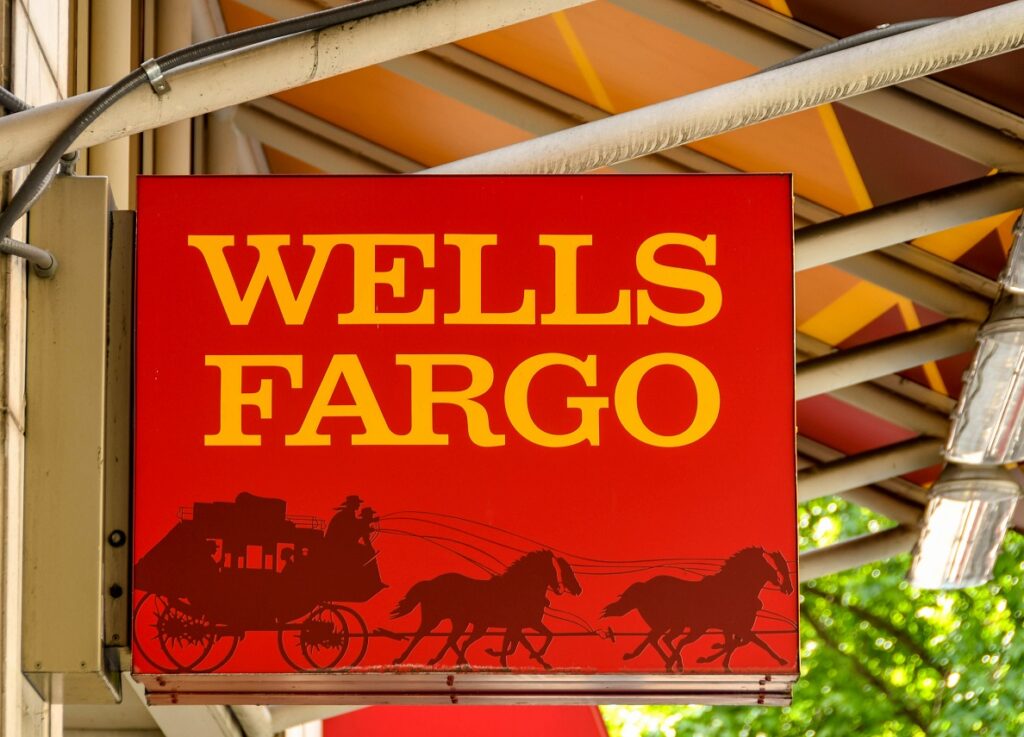Fine against BNP Paribas for money laundering in context of their financial statements
Previously discussed that maybe BNP Paribas got off easy for illegally laundering $190 billion.
This post will give some context to the fine.
The $8,973M fine is equal to 6,593M Euros.
For the rest of this article, all amounts are in millions of Euros.
The bulk of the evasion of sanctions ran from 2002 through 2009 but continued into 2012, well after the bank knew the investigation was underway. That is concentrated on 8 years but stretched out to about 11 years. Let’s assume the volume was actually dropping in ’11 and ’12 so it is essentially a 10 year run of money laundering.
That means the fine was paid in one year, but it is an accumulation of 10 years activity. Thus we can amortize the fine over 10 years
Fine in relation to financial statements
Let’s look at the fine in relation to the 2013 consolidated financial statements, which can be found here on this page of their website.
Balance sheet (page 126)
…
Fine against BNP Paribas for money laundering in context of their financial statementsRead More »
Fine against BNP Paribas for money laundering in context of their financial statements Read More »





